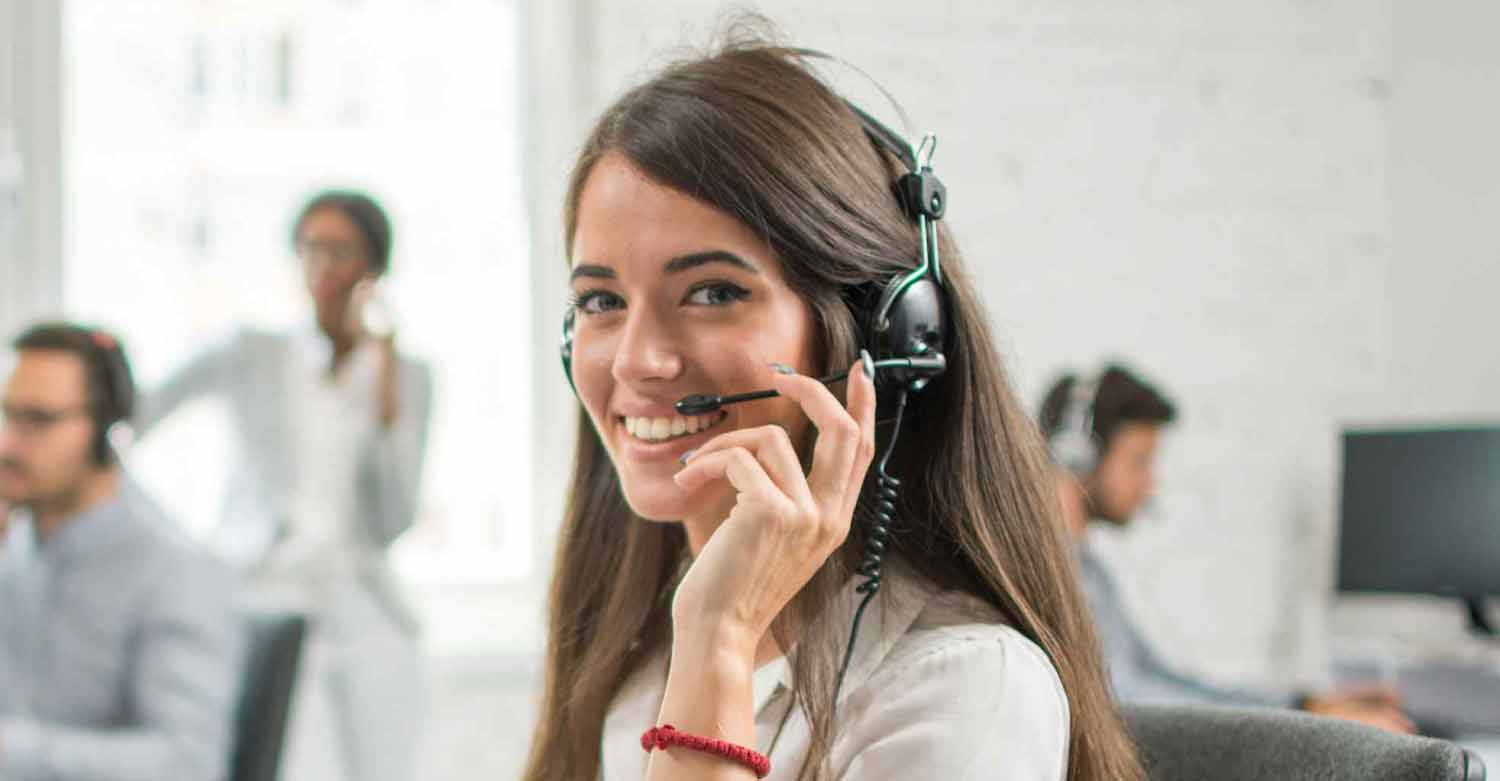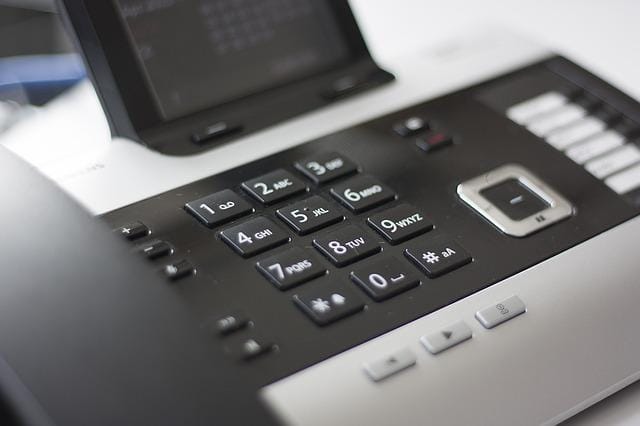All Categories
Featured
Table of Contents
How Do I Find A Answering Machine Service?
This gadget and its followers were created by Sava Jacobson, an electrical engineer with a personal consulting organization. While early voice mail used magnetic tape innovation, a lot of modern equipment uses strong state memory storage; some gadgets use a mix of both, with a solid-state circuit for the outgoing message and a cassette for the incoming messages.
"toll saving" below) (business call answering service). This works if the owner is evaluating calls and does not want to talk with all callers. In any case after going, the calling party ought to be informed about the call having been addressed (in many cases this begins the charging), either by some remark of the operator, or by some greeting message of the little, or addressed to non-human callers (e.
This holds particularly for the TADs with digitally saved welcoming messages or for earlier makers (before the rise of microcassettes) with an unique endless loop tape, separate from a second cassette, dedicated to recording. There have actually been answer-only devices with no recording capabilities, where the welcoming message had to inform callers of a state of present unattainability, or e (virtual call answering service).
What Is The Best What Is An Answering Service In The World Right Now

about accessibility hours. In recording TADs the greeting usually consists of an invitation to leave a message "after the beep". A voice mail that uses a microcassette to tape-record messages On a dual-cassette answerphone, there is an outbound cassette, which after the specified variety of rings plays a pre-recorded message to the caller.

Single-cassette voice mail include the outbound message at the beginning of the tape and inbound messages on the staying space. They first play the statement, then fast-forward to the next readily available area for recording, then tape-record the caller's message. If there are many previous messages, fast-forwarding through them can trigger a significant hold-up.
This beep is often described in the greeting message, requesting that the caller leave a message "after the beep". TADs with digital storage for the recorded messages do disappoint this delay, naturally. A little might offer a push-button control facility, where the answerphone owner can sound the house number and, by getting in a code on the remote telephone's keypad, can listen to recorded messages, or delete them, even when away from home.
A Best What Is An Answering Service?

Thus the maker increases the variety of rings after which it responds to the call (generally by two, resulting in 4 rings), if no unread messages are currently stored, but responses after the set variety of rings (usually two) if there are unread messages. This permits the owner to discover out whether there are messages waiting; if there are none, the owner can hang up the phone on the, e.
Some makers likewise permit themselves to be from another location activated, if they have been turned off, by calling and letting the phone ring a particular big number of times (generally 10-15). Some provider abandon calls currently after a smaller variety of rings, making remote activation impossible. In the early days of TADs a special transmitter for DTMF tones (dual-tone multi-frequency signalling) was regionally needed for remote control, considering that the formerly employed pulse dialling is not apt to communicate suitable signalling along an active connection, and the dual-tone multi-frequency signalling was carried out stepwise.
Any inbound call is not recognizable with regard to these properties in advance of going "off hook" by the terminal equipment. So after going off hook the calls must be changed to suitable devices and only the voice-type is instantly accessible to a human, however maybe, nevertheless ought to be routed to a LITTLE BIT (e.
What Do Business Answering Services - Virtual Receptionists Services Include?
What if I informed you that you do not have to in fact select up your gadget when responding to a customer call? Somebody else will. So practical, ideal? Addressing phone calls doesn't need someone to be on the other end of the line. Effective automated phone systems can do the trick just as efficiently as a live representative and in some cases even better.
An automatic answering service or interactive voice action system is a phone system that interacts with callers without a live individual on the line - business call answering service. When companies utilize this innovation, customers can get the answer to a question about your business simply by utilizing interactions set up on a pre-programmed call circulation.
Although live operators upgrade the consumer service experience, lots of calls do not require human interaction. An easy documented message or instructions on how a consumer can recover a piece of information normally fixes a caller's immediate need - virtual call answering service. Automated answering services are an easy and effective method to direct incoming calls to the right person.
What Is The Best Virtual Receptionist (Live Phone Answering Service) To Buy Right Now?
Notice that when you call a business, either for assistance or product query, the first thing you will hear is a pre-recorded voice welcoming and a series of choices like press 1 for customer care, press 2 for questions, and so on. The pre-recorded choices branch out to other options depending upon the consumer's selection.
The phone tree system helps direct callers to the right person or department using the keypad on a cellphone. In some circumstances, callers can use their voices. It's worth noting that auto-attendant choices aren't restricted to the 10 numbers on a phone's keypad. As soon as the caller has chosen their first option, you can design a multi-level auto-attendant that utilizes sub-menus to direct the caller to the best sort of help.
The caller does not have to interact with an individual if the auto-attendant phone system can handle their concern. The automatic service can path callers to a worker if they reach a "dead end" and require help from a live agent. It is costly to hire an operator or executive assistant.
Who Has The Best Automated Business Phone Answering System Service?
Automated answering services, on the other hand, are considerably cheaper and supply substantial expense savings at approximately $200-$420/month. Even if you do not have committed staff to handle call routing and management, an automatic answering service enhances performance by enabling your team to concentrate on their strengths so they can more effectively spend their time on the phone.
A sales lead routed to customer service is a lost shot. If a customer who has product questions reaches the incorrect department or gets incomplete responses from well-meaning employees who are less trained to manage a particular kind of question, it can be a reason for aggravation and frustration. An automated answering system can reduce the variety of misrouted calls, thus assisting your staff members make much better usage of their phone time while freeing up time in their calendar for other tasks.
With Automated Answering Systems, you can develop a personalized experience for both your personnel and your callers. Make a recording of your main welcoming, and simply upgrade it regularly to reflect what is going on in your company. You can produce as many departments or menu alternatives as you want.
Latest Posts
Value Affordable Answering Service – Alice Springs 0870
Call Answering Service
Secure Real Estate Answering Service – Scarborough 6019